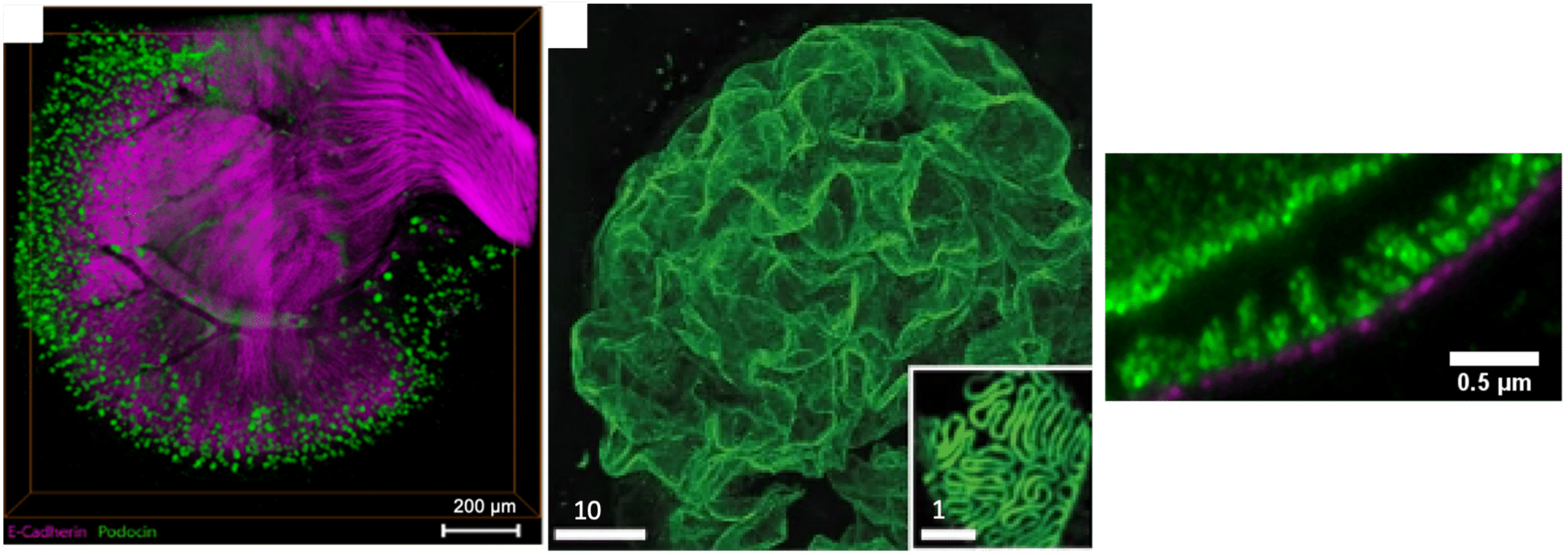Hans Blom
Research Interest
My research interest concerns technical development and application of super-resolution microscopy-based imaging with a focus on applications in biology and medicine. Since 2014 the main focus has been to optically image kidney morphology across scales. Allowing for improved evaluation and understanding of pathophysiology in kidney filtration, which in the long run could enhance clinical renal applications and possible treatment strategies.
I am a docent in biological physics at the Royal Institute of Technology (KTH). As scientist I have acquired a unique competence in super-resolution fluorescence microscopy (postdoc in Nobel Laurate Stefan Hell’s lab, 2003-2005). I have nationally established an independent field of research in super-resolution microscopy since 2006 at KTH. My niche of applying super-resolution microscopy to life science has broadened the possibilities to visualize the nanoscale for collaborating scientists. As a super-resolution microscopy expert, I have during the last decade also built up the ALM unit, which provide access and training to state-of-the-art fluorescence imaging technologies at Science for Life laboratory in Solna.
Imaging of kidney morphology across scales
In order to optically image kidney structures from the centimeter to nanometer scale we develop and apply optical clearing and swelling protocols combined with high-resolution fluorescence imaging. This allow us to in-situ image kidney structures in 3D across scales. See schematics and images below – also see key publications with technical explanations of the methods and its use to decipher early pathophysiological detection of kidney filtration structures.

Middle: Glomerular filtration unit with podocyte foot processes [Podocin – green].
Right: Cross-view of glomerular filtration barrier [Podocin – green; Collagen IV – magenta]
Project members & collaborators
- David Unnersjö-Jess (KTH/University of Cologne) – Postdoc
- Robin Ebbestad (KI/DS) – Clinical PhD-student
- Jaakko Patrakka (KI) – National renal exper
- Annika Östman Wernerson (KI) – National renal expert
- Hannes Olauson (KI/KS) – National renal expert
- Sigrid Lundberg (DS/KI ) – National renal expert
- Thomas Benzig (NephroLab Cologne, Germany) – International renal expert
